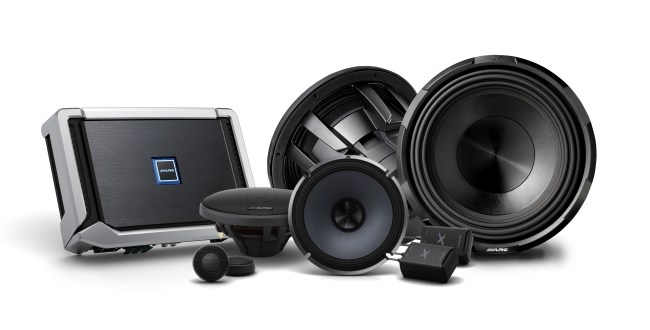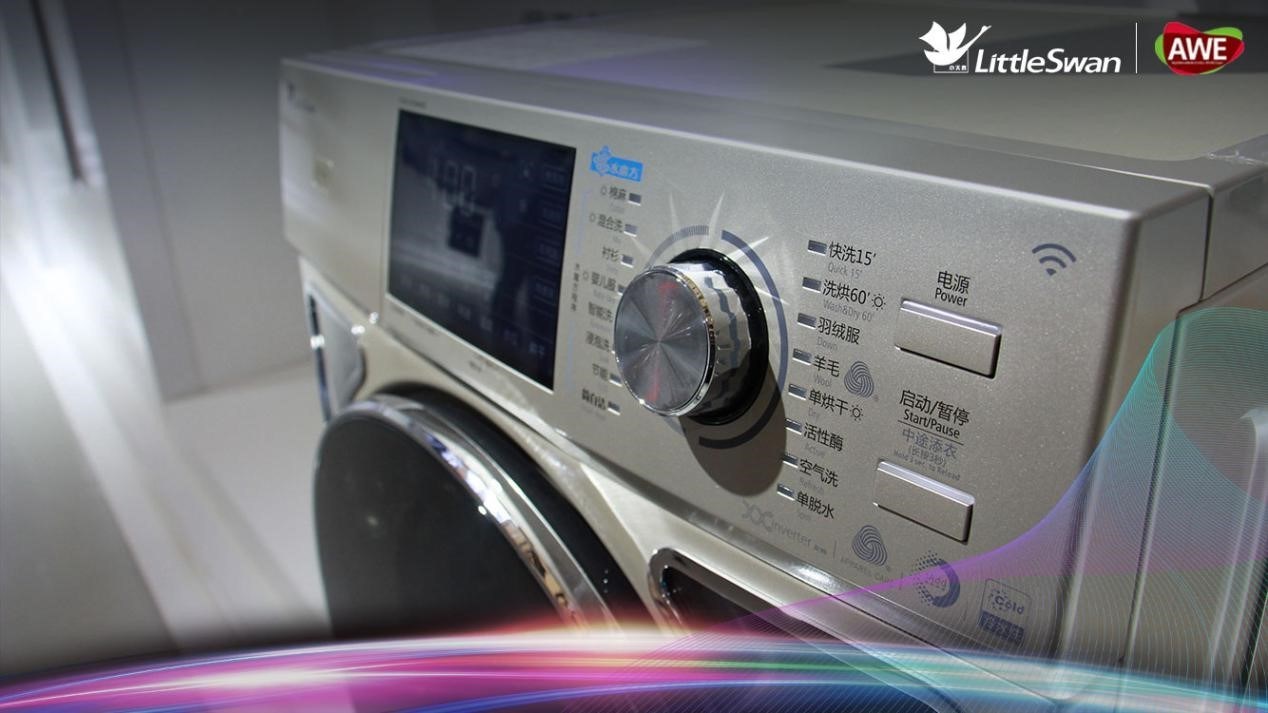Understanding Different Types of 3D Printing Processes

Understanding the different types of 3D printing processes is crucial to selecting the right technique for a specific application. Each 3D printing process offers unique advantages and limitations, impacting the final product’s quality and cost.
Stereolithography
Stereolithography (SLA) is a widely used 3D printing process that involves curing liquid resin into solid objects using a UV laser. This technique is known for producing high-resolution parts with intricate details and smooth surfaces, making it ideal for applications like jewelry and dental molds. However, SLA can be more expensive and slower compared to other 3D printing methods, particularly for large-scale prints.
Fused Deposition Modeling
Fused deposition modeling (FDM) is one of the most accessible and affordable 3D printing technologies, commonly used by hobbyists and for prototyping. It works by extruding thermoplastic filament layer by layer to build a part. While FDM may not achieve the high precision of SLA, it accommodates a wide range of materials and is well-suited for creating functional prototypes and end-use components.
Digital Light Processing
Digital light processing (DLP) shares similarities with SLA in utilizing light to cure resin, but instead of a laser, it projects an image of each layer onto the resin. This can result in faster print times, as entire layers are cured simultaneously. DLP is particularly suited for applications requiring fine details, such as intricate jewelry designs and prototype models.
Selective Laser Sintering
Selective laser sintering (SLS) is a powerful 3D printing process that utilizes a laser to fuse powdered material together to create solid, durable parts. It is particularly effective for producing complex geometries and is well-suited for both functional prototypes and small to medium-sized production runs. SLS does not require support structures, allowing for the simultaneous printing of multiple parts while reducing material waste.
Multi Jet Fusion
Multi jet fusion (MJF) is an advanced 3D printing technology that uses fine-grain powder as its base material. It operates by selectively applying fusing agents and then exposing the layer to energy, allowing for rapid build speeds and high-detail resolution. MJF is ideal for production environments due to its ability to print multiple parts at once and efficient material usage.
PolyJet
PolyJet is a 3D printing technology that layers liquid photopolymer onto a support platform. Each layer is cured instantly by UV light, resulting in highly accurate and smooth parts. PolyJet is especially suitable for producing prototypes that closely mimic the look and feel of the final product, as well as for applications requiring intricate detail and precision.
Electron Beam Melting
Electron beam melting (EBM) is a specialized 3D printing process that uses an electron beam to melt and fuse metal powder to create dense metal parts. You can also consider carbon fiber 3D printing materials for EBM processes and equipment. This process is highly suitable for aerospace and medical applications due to its ability to produce strong, lightweight parts with complex geometries.
Direct Metal Laser Sintering
Direct metal laser sintering (DMLS) utilizes a laser to fuse metal powder into dense, high-strength parts. This technology is ideal for manufacturing complex metal components with precision. DMLS is extensively used in industries such as aerospace, medical, and automotive, where customized, intricate metal parts are required.
Understanding the different types of 3D printing processes is essential for choosing the best technique for your specific project needs. Each process offers unique advantages and limitations, making it crucial to evaluate your requirements carefully.





